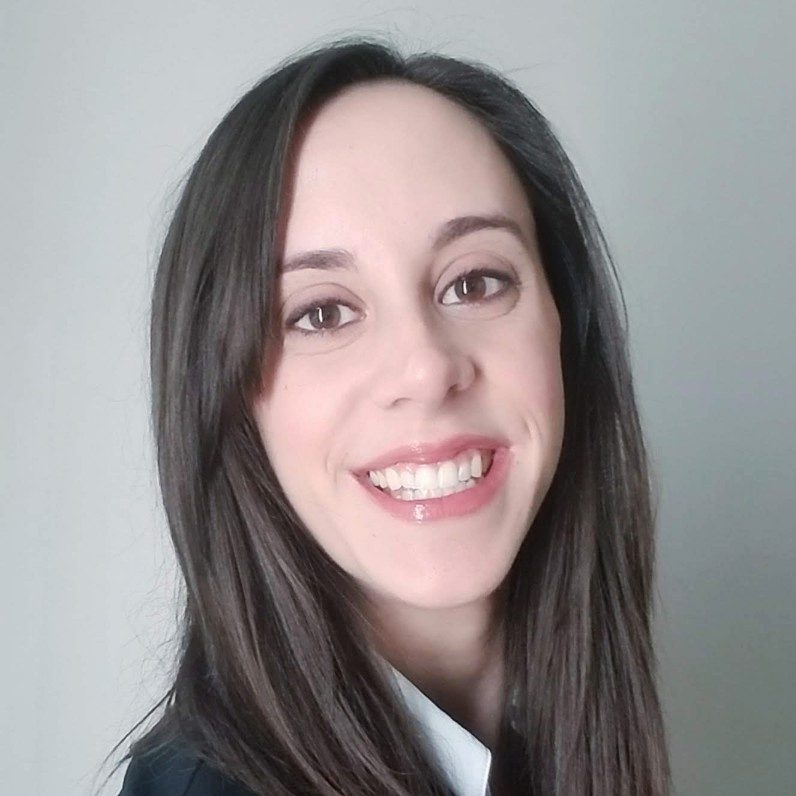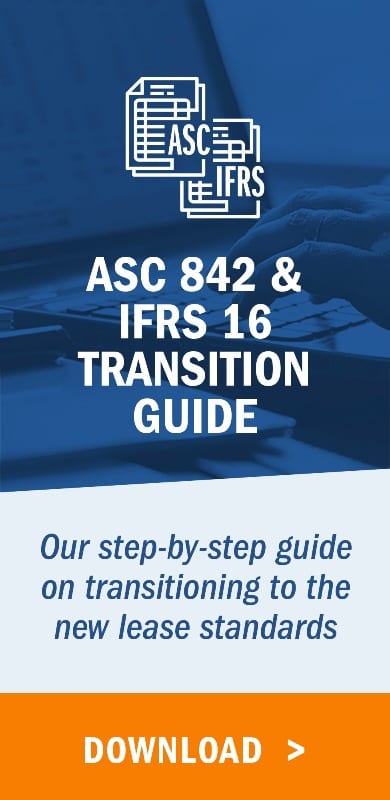On September 23, LeaseQuery hosted another successful virtual summit to share valuable insights for private companies and government organizations preparing to adopt the new lease accounting standards. The LEASE Summit highlighted the steps essential for transitioning to ASC 842 and GASB 87, as well as resources to help with that transition.
Over 800 participants at our sold-out event heard presentations from LeaseQuery, RSM, DHG, Grant Thornton, Frazier & Deeter, and special LeaseQuery customer, Middleby Corporation. They left the event armed with the knowledge they need to comply with confidence.
Memorable takeaways from the LEASE Summit
Below, some of the most important moments of the LEASE Summit are featured to help you navigate your transition. If you want more details about the adoption process, you can watch the 2021 LEASE Summit Recap. All presentations from the free virtual event are available for on-demand viewing.

Stephanie Parker – Senior Financial Analyst, Middleby Corporation, LeaseQuery Customer
“It made it much easier, once we got the software, to really communicate it to the divisions that we have internationally … we’re a US GAAP company, and to them, 840 was kind of foreign. So, to give them the before and after surprisingly made it much easier to explain … it was a good way to get a common language that these are the numbers before, these are the numbers after, but the biggest thing was just really getting all that data into LeaseQuery.”
Mike Cheng – Partner, Frazier & Deeter
“Under ASC 842, GAAP doesn’t care what your contract says, for example, if the contract said ‘this is not a lease’, GAAP says that’s great, you’re still going to apply the standard and determine if you can identify an asset—it’s going to be explicit, or it can be implicitly identified.”


George Azih – CEO and Founder, LeaseQuery
“Under 842, essentially, once you impair the asset, your amortization of the asset now changes. Rather than amortizing your asset as the delta between your straight-line expense and your quote on quote interest expense…that delta is usually the amortization of your right-of-use asset. Rather than do that, you now start straight-lining the asset. Once again, it’s very similar to capital lease treatment. So that’s how you impair your assets.”
Amanda Payne – Technical Accounting Manager, LeaseQuery
“Something that we hear quite often when we’re talking with companies as they’re implementing LeaseQuery specifically is that there really isn’t a game plan on how leases are being managed today. It’s more of a decentralized process. So, if that is the case for you all as you contemplate what and who has hands-on your leases today, we definitely recommend establishing what that process looks like. Again, the project person is going to be that leader, they can also develop an interdepartmental team to help in that process, educating them on what’s getting ready to change, and then creating a process that will flow for the entire company.”
“When we’re thinking about the process of creating this inventory, it’s creating a list of the leased assets from all of your departments, all of your entities, reaching out to each one of those project leaders or their department heads to create a listing of those leases. Now, based off my experience and hearing from other companies, this may be time-consuming, just being able to have them provide the leased assets in a timely manner, or, possibly not being aware of the leased assets specifically. For example, you may have entities who may not be aware that a lease is a lease. Well in those circumstances, you would perform a scrub. So, checking for recurring payments, identifying whether or not it could be a lease contract. It could also consist of maybe just obtaining all contracts, obtaining everything that has a contract for each of those entities or departments.”


David Blackistone – Director, RSM
“You really need to be strategic about this [lease accounting transition]. Do you bring in an advisor to do this, or is your accounting staff strong enough to manage this? Another critical thing is data abstraction. Do you know where all your leases are? Some people said they’re still evaluating their portfolio, well you need to find your leases. What does your total lease portfolio look like? Is the data accurate?”
“The overall goal is to ensure a smooth audit … that’s the end goal. When your auditors show up, in 2022, 2023, you want all your ducks in a row. Then you can say here is our audit, we have this great software system, LeaseQuery, the journal entries are correct. But you need the sound foundation to get there. So it’s not just implementing a solution and putting some leases in, you really need to think about all the other aspects.”
“My message to you is, it’s doable, but if you have not started this process you really need to start moving quickly, especially if you want to transition on January 1, 2022. You think about the holidays, you lose two weeks in December, a week in November, you don’t have three months … you have even less than that. Start the process as soon as possible.”
Mike Regan – CPA, Sage Intacct Consultant, RSM
“Just because your Excel spreadsheet works now, doesn’t mean that it will be good in the future. The rules are just getting so complex that even a lot of auditors and Big Four CPA firms, in my opinion, won’t catch these discrepancies and you can’t rely on them as the final say in whether or not you’re compliant. Using tried and true solutions, such as LeaseQuery, in my opinion, is really the way to go. ”

Summary
Throughout the LEASE Summit, attendees received answers to their most pressing questions about the transition process. Expert panelists described their own transition experience, as well as their best tips and resources to help companies preparing for adoption this year. LeaseQuery is here to help you as you undergo the process. Watch the Summit recap for more information.

